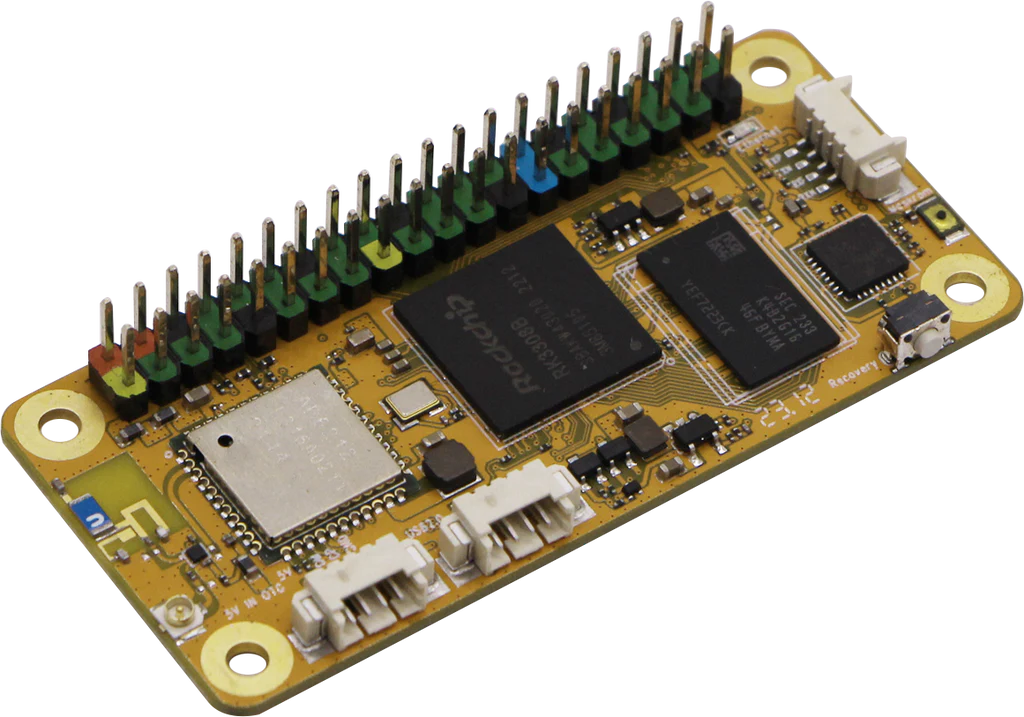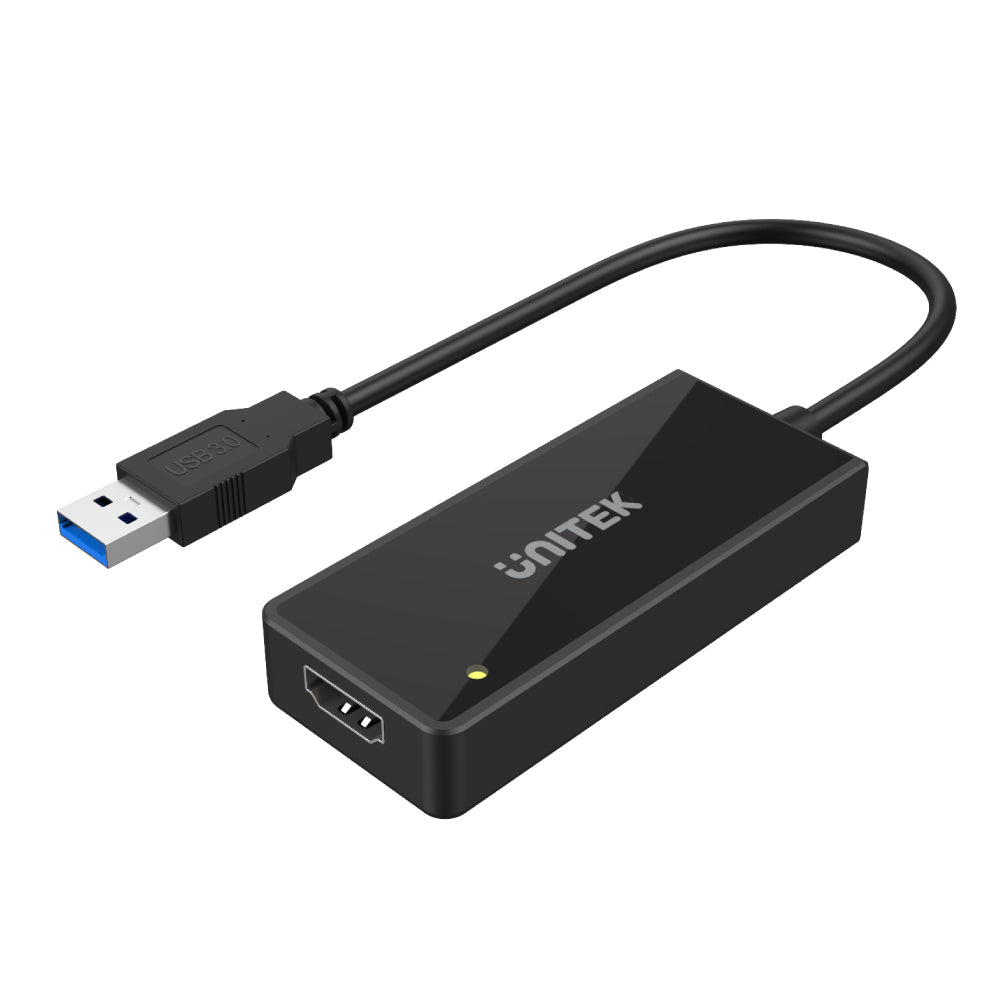- Thread Starter
- #76
That is the kicker. The common power bus also powers the GPIO pins so external power needed for sensors.And if you're using any 5V accessories, this will not work.
I was messing with min-max on Zero 3W and stopped at 10%. I don't see where it does anything for me.
I dont want a second power supply for sensors.
What about NetBSD. They have good support.FreeBSD has no WiFi support (that stops any discussion right there), and has dropped 32-bit support going forward. OpenBSD seems to also have no 32 bit support any longer.
After messing with FlipperZero Wireless all I can say is you had better have a password that is not on a word list.
Otherwise it is very easy pickings.
I don't think FreeBSD has announced that Armv7 is going out of Tier2 support. So we still have some 32 Bit Arm support.



